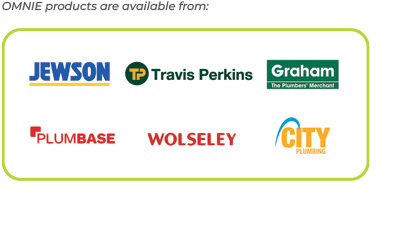Floor Finishes
| Introduction | ||||||||||||||||||||||||||||||
|---|---|---|---|---|---|---|---|---|---|---|---|---|---|---|---|---|---|---|---|---|---|---|---|---|---|---|---|---|---|---|
The selection of floor finish over an underfloor heating system is important. The resistance of the floor finish (how much it insulates) will affect the heat output. It is recommend that you check with the flooring manufacturer/installer for the suitability of your desired floor finish and its compatibility with underfloor heating and for any specific install instruction/criteria, some floor finishes have temperature thresholds and it is important that the underfloor heating system is designed not to compromise these. The thickness of the floor finish will also affect the warm up and cool down time. High mass systems will take longer to warm up and this must be considered in the design of the system. OMNIE underfloor heating systems are designed to accommodate the majority of situations however our Projects Team are available to answer any questions on how floor finishes affect an underfloor heating system. Below are the resistances of some floor finishes. The underfloor heating system will generally be designed with a covering 1.5 Tog floor finish. In all cases the manufacturer’s and installer’s guidelines must be followed. If you need further advice please call Projects Team on 01392 36 36 05 or email customer.service@omnie.co.uk |
||||||||||||||||||||||||||||||
|
| Vinyl |
|---|
Vinyl floor finishes work well with OMNIE underfloor heating. The resistance of the finish is relatively low compared to other floor finishes that will allowing heat to flow from the floor. However most manufacturers have restrictions on the maximum floor surface temperature. But typically this can be approximately 26°C. This limits the floor to a heat output of around 65 W/m², which should be satisfactory for most new builds and retro builds. Recommendations
If you need further advice please call the Projects Team on 01392 36 36 05 or email customer.service@omnie.co.uk |
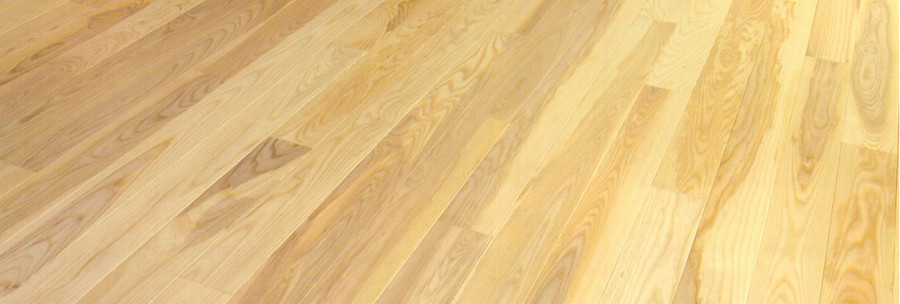
|
| Timber |
|---|
Timber floors are subject to expansion and contraction according to the amount of moisture in the local environment. As a result solid hardwood boards may contract slightly during winter months and expand slightly during the summer. In addition to conventional timber boarding, engineered laminates are available. These boards have layers of cross-bonded ply faced boards with a thick layer of timber on top and are inherently more stable than solid wood boards. They are generally supplied at a suitable moisture content to be laid over underfloor heating. For any type of timber being used, consideration must be given to the moisture content of the timber prior to being laid. Typically this should be around 8-10%. For further information visit www.trada.co.uk Recommendations
If you need further advice please call Customer Service team on 01392 36 36 05 or email customer.service@omnie.co.uk |
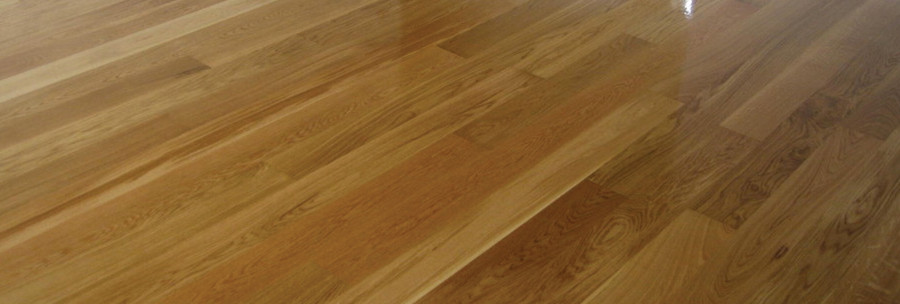
|
| Carpet |
|---|
Underfloor heating systems are more effective when used with carpets and underlay with lower combined TOG values. This enables heat to be transferred to the emitting surface of the carpet more easily. The higher the tog value of the carpet and underlay, the greater the reduction in output from the underfloor heating system. It is recommend when choosing carpet and underlay to check that it will work well with the underfloor heating. Good carpet manufacturers may have products they recommended for underfloor heating, they will have technical information on their products available to customers. The carpet foundation carried out some research that showed that the actual resistance of carpet when used with underfloor heating was on average 1 tog lower than the published data. For example the published rating of a particular carpet and underlay is 2.63 tog. When tested with underfloor heating the carpet and underlay had an actual value of 1.6 tog. This research shows that carpet and underlay can be used with underfloor heating without impeding the heat in the room. For further information visit www.carpetfoundation.com Recommendations
If you need further advice please call the Projects Team on 01392 36 36 05 or email customer.service@omnie.co.uk |
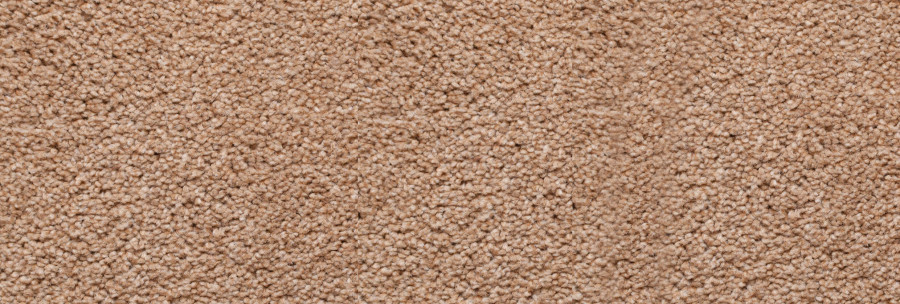
|
| Tiles & Stone |
|---|
In general Underfloor heating is suitable for use under most ceramic or natural stone floor tiles including slate, marble, porcelain, terracotta and limestone. Tiles and stone finishes are both good conductors of heat and as a result are very well suited to underfloor heating. It is always insisted that your intended flooring manufacturers/suppliers are consulted on the floor construction and their install instructions and conditions are precisely followed. At OMNIE we have taken specific systems and developed them to be incorporated into floors that have tiles or stone finishes over, these have been tested by Murexin Limited using their products and concise specifications written. Although the conductivity of the tile finishes is very good an increase in the tile thickness (and therefore thermal mass) will increase the time it takes to warm up the floor. For further information visit www.stonefed.org.uk Recommendations
If you need further advice please call the Projects Team on 01392 36 36 05 or email customer.service@omnie.co.uk |
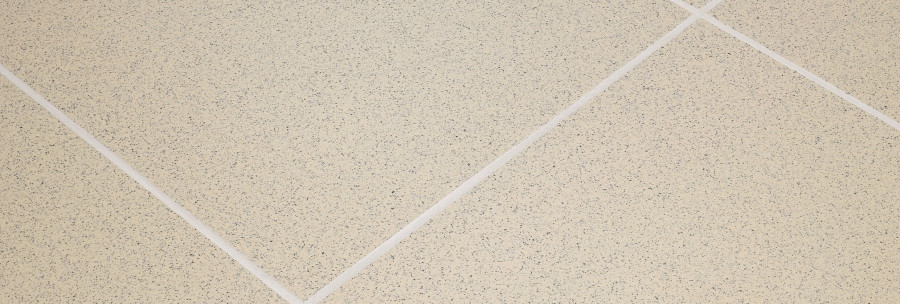
|
